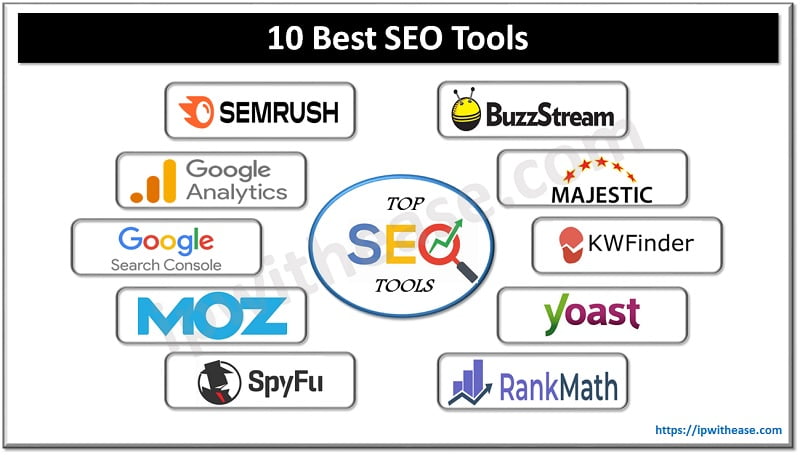Table of Contents
Mobile app usage has increased in the past few years. It can be attributed to mobile apps making life easier and more convenient for users. In addition, businesses have also started to develop mobile apps to connect with their customers and provide them with a better experience. As a result, there is an increasing demand for Android app development. AWS is an ideal platform for developing Android apps. It provides various services that can be used to develop, test, and deploy Android apps. In addition, it is also scalable and reliable.

Many businesses are looking to develop Android apps but do not have the resources or expertise to do so. This is where AWS can help. Developing android apps on AWS is a cost-effective and efficient way to develop Android apps. In addition, it also provides the necessary tools to make the process easier.
This blog post will provide a step-by-step guide on how to develop an Android app on AWS. Let’s get started.
Creating an AWS Account
The first step is to create an AWS account. This can be done by going to the AWS website and signing up for an account. You must provide your credit card information and a valid email address. Once you have completed these steps, you can access the AWS Management Console.
AWS is a paid service, and you will be charged for the resources that you use. However, a free tier allows you to use some free services. If you plan on using AWS for your Android app development, it is recommended that you sign up for the free tier. Some features are only available in the paid version, but the free tier should be sufficient for most Android app development needs.
Choose The Right Services
AWS offers a wide range of services that can be used for Android app development. The primary services you will need are Amazon S3, Amazon EC2, and Amazon DynamoDB. These services can store data, host your app, and provide a database for your app.
Other services, such as Amazon CloudFront and Amazon Route 53, can be used to improve your app’s performance. However, these services are not required and can be added later if needed. For android app development, the paramount importance is to focus on the core features of your app and not worry about the bells and whistles.
Create A New Android Project
The next step is to create a new Android project. To do this, open Android Studio and click the “Create New Project” button. In the “New Project” dialogue, select “Empty Activity” and click “Next.”
If you’re working on different projects, then it is suggested to create a new project for each app you develop. This will keep your projects organized and allow you to switch between them easily. Many software development companies use this approach to keep their projects well organized.

Add Authentication to Your Application
To add authentication to your application, you must set up a few things on AWS. First, you need to create an Amazon Cognito user pool. It is where your users will be managed and stored.
Next, you need to create an Amazon Cognito identity pool. It is where your application will get temporary security credentials allowing it to allow AWS resources.
Finally, you need to create an IAM role that your application will use. Now that you have set up authentication on AWS, you can deploy the authentication service. This service will provide a REST API that your application can use to register and log in users.
Add GraphQL API and Database
Once you have set up authentication, you can add a GraphQL API to your application. To do this, you need to create an AWS AppSync GraphQL API. It will allow you to query and mutate data in your Amazon DynamoDB database.
You will also need to create an Amazon DynamoDB table to store your data. It enables users to create, update, and delete items in the table. API provides a programming interface that allows you to access data and perform operations on AWS resources.
Continue Reading:
Introduction to AWS Cloud Front
ABOUT THE AUTHOR
IPwithease is aimed at sharing knowledge across varied domains like Network, Security, Virtualization, Software, Wireless, etc.



